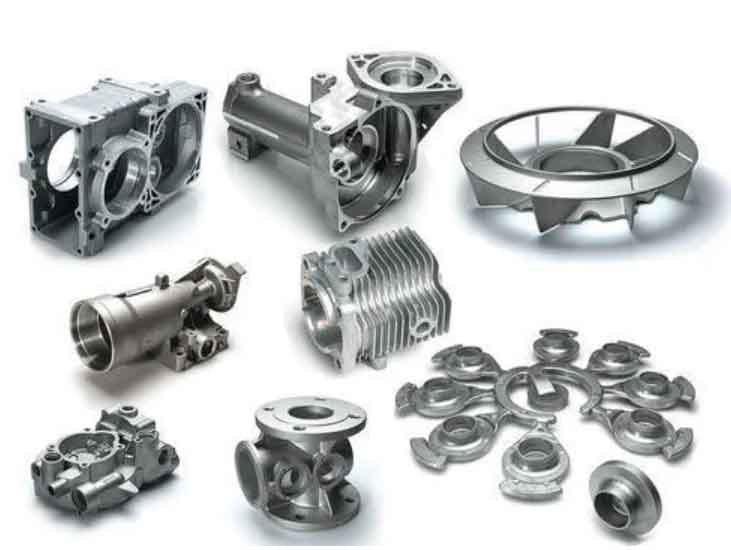Mastering the properties of gray cast iron is essential for achieving successful casting outcomes and optimizing the performance of cast components. Here are some key properties of gray cast iron that casters need to understand:

- Graphite Structure: Gray cast iron derives its name from the presence of graphite flakes within its microstructure. These graphite flakes provide gray cast iron with its characteristic gray appearance. The size, distribution, and shape of graphite flakes influence the material’s properties, including strength, machinability, and thermal conductivity.
- Strength and Hardness: Gray cast iron exhibits good strength and hardness, making it suitable for applications that require resistance to wear and impact. The strength of gray cast iron is influenced by factors such as the size and shape of graphite flakes, as well as the matrix composition.
- Damping Capacity: Gray cast iron possesses excellent damping capacity, which refers to its ability to absorb and dissipate vibrations. This property makes it suitable for applications where noise reduction and vibration control are important, such as engine blocks, machine tool structures, and automotive components.
- Thermal Conductivity: Gray cast iron has relatively high thermal conductivity, enabling efficient heat transfer. This property is beneficial for applications where heat dissipation is critical, such as in engine components, heat exchangers, and industrial equipment.
- Machinability: Gray cast iron is known for its excellent machinability, making it easy to shape, cut, and form into desired components. The presence of graphite flakes acts as built-in lubrication during machining, reducing tool wear and facilitating smooth cutting.
- Corrosion Resistance: Gray cast iron exhibits good resistance to corrosion in certain environments, especially when a protective oxide layer forms on its surface. However, it is susceptible to certain corrosive agents, such as acidic or chloride-containing environments, which may lead to corrosion and degradation if not properly protected.
To master the properties of gray cast iron, foundries and casters need to consider factors such as the selection of the appropriate alloy, control over the casting process parameters, and post-casting treatments like heat treatment or surface coating. Understanding and manipulating these properties allow for the optimization of casting techniques and the production of high-quality gray cast iron components that meet the specific requirements of different industries.
